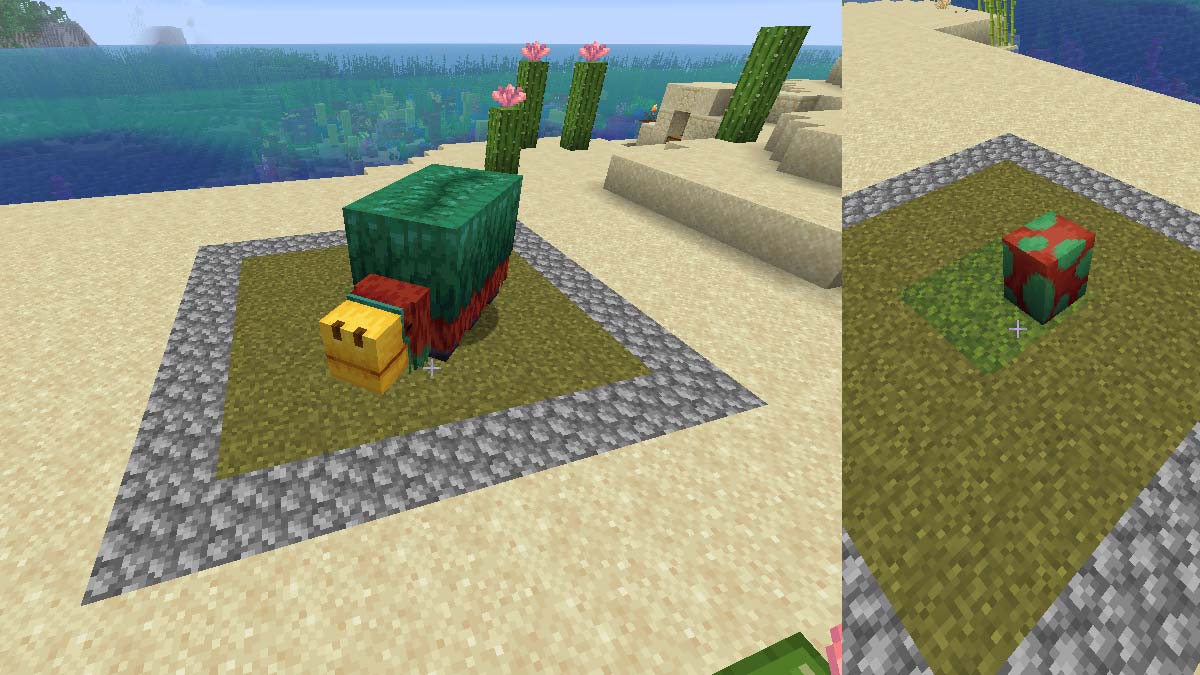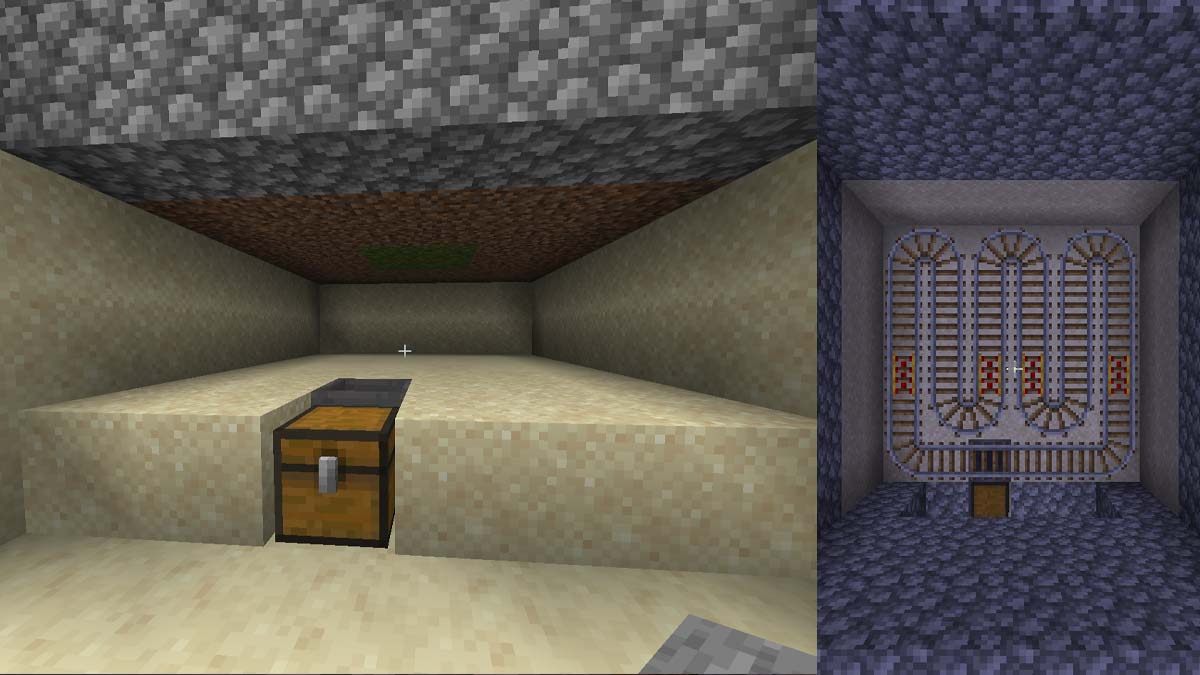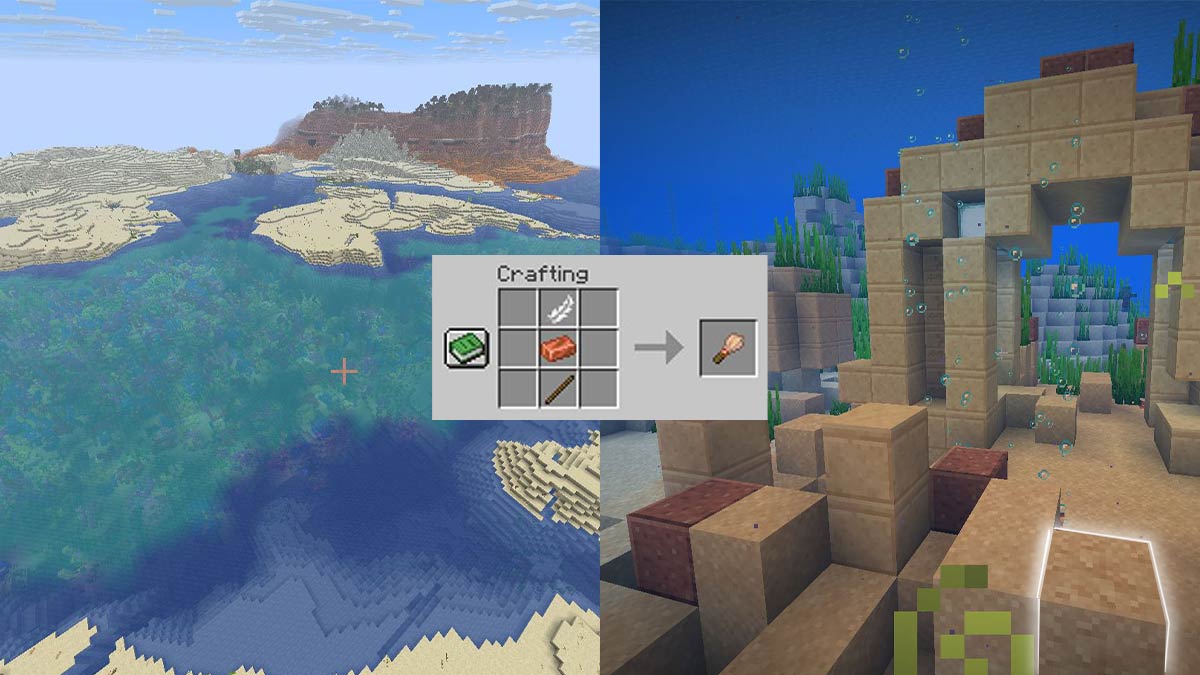For Minecraft enthusiasts interested in archaeology or needing a steady supply of pitcher pods and torchflower seeds for base decoration, constructing an automated farm that centralizes sniffer findings is ideal. This guide outlines building a simple yet effective sniffer farm and lists necessary tools. Discover breeding methods below.
Establishing a Sniffer Operation in Minecraft
The mobs, introduced after winning the 2022 community poll, became a unique part of Minecraft’s history and exclusive providers of floral seeds through the Trails & Tales update.
Locating Sniffer Eggs
These passive creatures aren’t naturally occurring but emerge from eggs discovered underwater. Seek out warm ocean biomes characterized by pale blue waters and sand-based ruins.
Identify cracked sandstone formations in these ruins and use the Brush tool (crafted from feather, copper, and stick) to reveal potential eggs over 4.8 seconds per block. Success rates average 6.7% per untouched sand block.
Acquiring Initial Specimens
Late-game players benefit from brewing underwater breathing concoctions during expeditions. Securing one egg suffices for basic farming, but two enable population growth through breeding.
Farm Construction and Reproduction Strategies
Fundamental enclosure requirements:
- 6×6 diggable surface
- Accessible containment walls
- Moss blocks accelerate egg incubation
Preferred flooring materials include:
- Muddy Mangrove Roots
- Moss Block
- Mud
- Rooted Dirt
- Podzol
- Coarse Dirt
- Dirt
- Grass Block




Reproduction Mechanics
Mature pairs produce eggs when fed torchflower seeds, requiring 40 minutes for natural maturation (halved on moss blocks). Nurture offspring with seeds to accelerate growth.
Automation Infrastructure Components
Essential materials for collection systems:
- Wood – chest components
- Redstone – power sources
- Gold – propulsion rails
- Iron – transport network parts
Underground looped rail layouts with hopper minecarts ensure item collection. Basic layouts require:
- 207 iron ingots
- 24 gold ingots
- 4-8 redstone units




System Maintenance Insights
Ensure direct contact between minecart paths and dig zones, and secure tunnels against spider infestations. Moderate population density maintains operational efficiency.
Expansion Considerations
- Prioritize torchflower seed reserves for breeding
- Implement moss blocks throughout enclosures
- Maintain bedrock edition health monitoring
- Design square layouts for space efficiency
Sniffer Husbandry FAQ
A: Verify hopper-chest alignment and confirm no air gaps between dig zone and collection layer. Ensure proper flooring material usage.
A: Core components include 207 iron ingots, 24 gold ingots, 4-8 redstone units, and basic woodworking materials.
A: Digging occurs every eight minutes following activity.
A: Minimum operational area spans 36 blocks (6×6 grid) using approved terrain blocks.
A: Excavate suspicious sand in warm ocean ruins using specialist brushes.
A: Hatch from discovered eggs rather than natural spawns.

